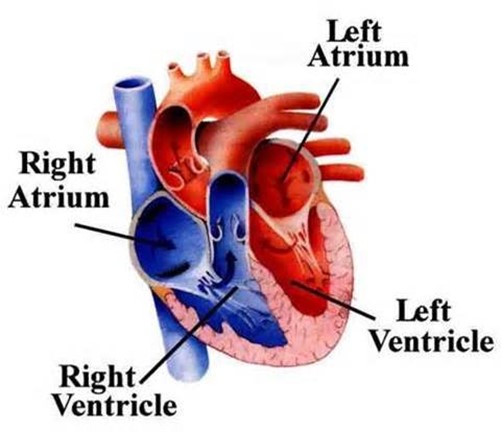Risk factors for primary hypertension include
Diabetes mellitus
Asian race
Reduced intake of K+, Ca²+, Mg2+
Moderate alcohol consumption
The Correct Answer is A
Primary hypertension, also known as essential hypertension, refers to high blood pressure that has no identifiable underlying cause. Risk factors for developing primary hypertension include a family history of hypertension, age, obesity, smoking, sedentary lifestyle, stress, and certain dietary factors.
Specifically, diabetes mellitus is a risk factor for hypertension due to the effects of insulin resistance and hyperinsulinemia on the blood vessels, as well as the increased prevalence of obesity and other comorbidities. Moderate alcohol consumption (up to 1 drink per day for women and up to 2 drinks per day for men) may actually have a protective effect against hypertension, but excessive alcohol intake can raise blood pressure and contribute to the development of hypertension.
Asian race is not a significant risk factor for primary hypertension, although there may be differences in the prevalence and severity of hypertension among different racial and ethnic groups.
Nursing Test Bank
Naxlex Comprehensive Predictor Exams
Related Questions
Correct Answer is C
Explanation

The left ventricle is responsible for pumping oxygenated blood out of the heart and into systemic circulation, which requires generating enough pressure to overcome the resistance of the systemic blood vessels. Therefore, the left ventricle has thicker and more muscular walls than the right ventricle and can generate higher pressures during contraction. In contrast, the right ventricle pumps deoxygenated blood to the lungs, which have lower resistance compared to the systemic circulation, and therefore do not need to generate as high pressures.
Correct Answer is A
Explanation
A pulmonary embolism (PE) occurs when a blood clot, typically originating from the deep veins of the legs or pelvis, travels through the bloodstream and lodges in one of the pulmonary arteries in the lungs.
Deep venous thrombosis (DVT) is the most common source of pulmonary emboli. DVT occurs when a blood clot forms in the deep veins of the legs, pelvis, or arms, and can develop due to prolonged immobility, surgery, trauma, cancer, pregnancy, hormone therapy, or genetic factors.
Endocarditis, valvular heart disease, and left heart failure are not typical sources of pulmonary emboli. Endocarditis is an infection of the heart valves and lining, which can lead to valve damage and heart failure, but does not usually cause blood clots. Valvular heart disease, which includes conditions such as aortic stenosis and mitral regurgitation, can cause blood flow disturbances and increase the risk of thrombosis, but does not directly cause blood clots. Left heart failure, which occurs when the left ventricle of the heart is unable to pump effectively, can cause fluid buildup in the lungs, but does not typically cause blood clots to form.
Whether you are a student looking to ace your exams or a practicing nurse seeking to enhance your expertise , our nursing education contents will empower you with the confidence and competence to make a difference in the lives of patients and become a respected leader in the healthcare field.
Visit Naxlex, invest in your future and unlock endless possibilities with our unparalleled nursing education contents today
Report Wrong Answer on the Current Question
Do you disagree with the answer? If yes, what is your expected answer? Explain.
Kindly be descriptive with the issue you are facing.
